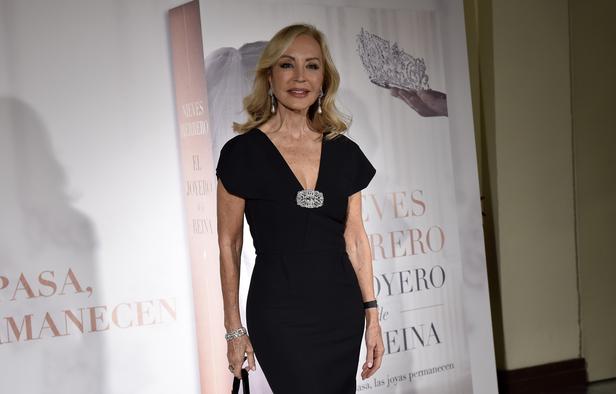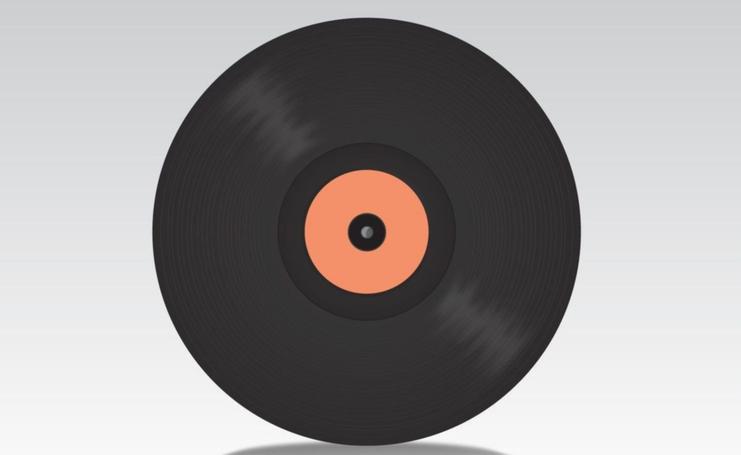The Saturdays of Lomana: The fascination with the jewels of Queen Victoria Eugenia
I participated in the presentation of the new book by Nieves Herrero at the Círculo de Bellas Artes. "El Joyero de la Reina" tells, through the life of Queen Victoria Eugenia and her great fascination and passion for jewels, another chronicle of the history of Spain. I had the pleasure and honor of sharing the presentation with three wonderful women: María Dueñas, Norma Duval and the author, Nieves Herrero.
I spoke of the “passing jewels”, a name coined by Doña María de Las Mercedes, mother of King Juan Carlos I. They are those jewels that belong to the Crown and are passed from one queen to another, those that can never be sold. Doña Sofía passed them on to Letizia, who is now the owner of this legacy. I imagine that, little by little, she has been taking a liking to them and appreciating them in all their historical value, not just material.
Behind a jewel there is always a story, it can be a story of love, desire, ambition, of effort to possess it, also a poisoned present when behind there is an infidelity that is intended to alleviate with a gift.
Queen Victoria Eugenia of Battenberg, a woman of stunning beauty, had a real passion for jewelry; she was an English princess granddaughter of her Queen Victoria, and inherited her taste for gems from her. She wanted to be buried with a snake-shaped ring, designed by her husband Albert of Saxe-Coburg as a symbol of eternal love. Legend has it that a snake on your finger given by a man who loves you means that love is indestructible.

There was another woman, her lady-in-waiting Lady William Cecil, who also influenced Victoria Eugenia. Lady Cecil was passionate about Egyptology, she financed excavations such as that of Howar Carter, the archaeologist who discovered the tomb of Tutankhamun. She said that the history of jewelry begins in Ancient or lower Egypt. She told him about the power of precious stones, she especially loved lapis lazuli; stone of an intense blue with sparks of gold, just like the sky in the tombs of the pharaohs blue with golden stars, which we can see if they have been inside one of them, something that overwhelms her for its beauty. Lapis lazuli is said to connect you in a very spiritual and calm way with the afterlife.
superstitions
Lady William Cecil also warned her of the care she should take before wearing pearls that other queens would have worn if they had been unfortunate, as her tears and sorrows would pierce her. Personally I don't believe in those superstitions, they are more in the mind than in reality. Victoria Eugenia should not be superstitious either because she mixed pearls, her favorite jewel, with diamonds, rubies and emeralds. She liked to wear everything, they gave her strength and security. His most important jewel was the chaton necklace, a gift from Alfonso XIII, of an extraordinary size and quality that increased and grew in direct proportion to the detachment, deceit and infidelity of the King who, despite having married for love, never He forgave me for bringing hemophilia to the Bourbon lineage. Several of her children were stillborn, another deaf and dumb. All these misfortunes were separating them at the same time that the necklace of chatons increased.
The Queen had wonderful blue eyes, she loved the aquamarines that matched her color. She became infatuated with a necklace of these stones that the Russian Tsarina had, her cousin, ordering an exact one from Cartier, but that she was removable to use it in various ways. Gossips say that our Queen always envied the jewels of the Russian Tsarina.
But the most appreciated, and the one that made him more curious about her legend, was La Peregrina Pearl. She always defended that hers was the real one. It does not matter, as the philosopher Sartre said, that things are true, the important thing is that it seems so to us.


